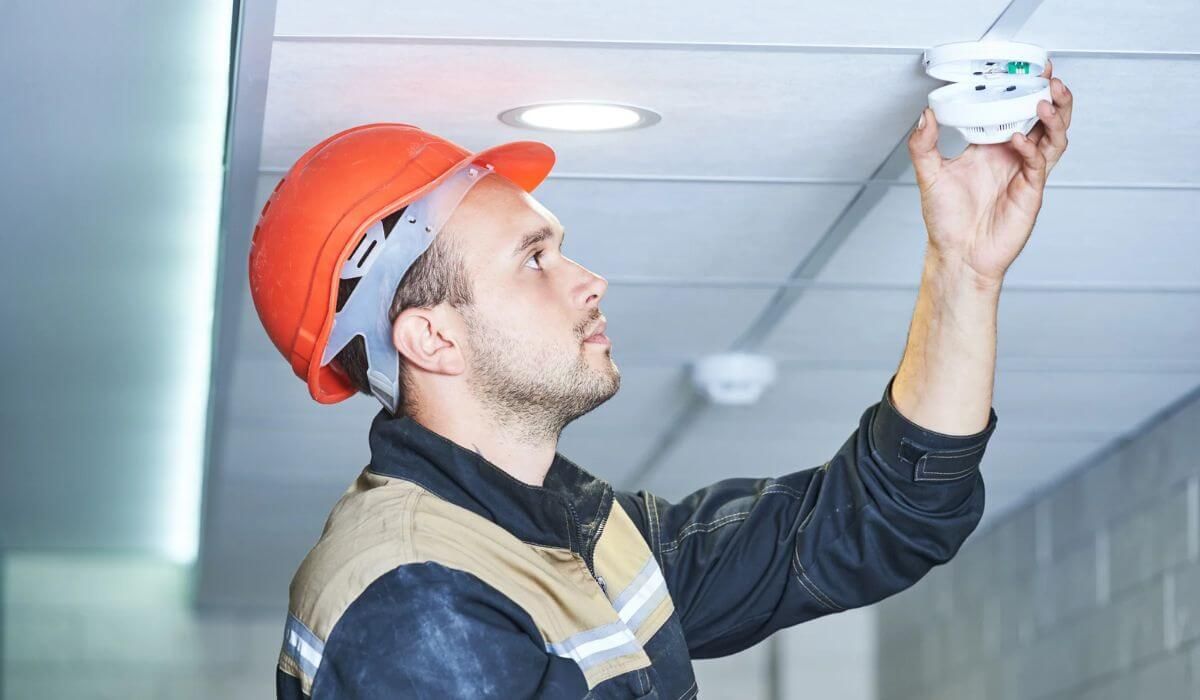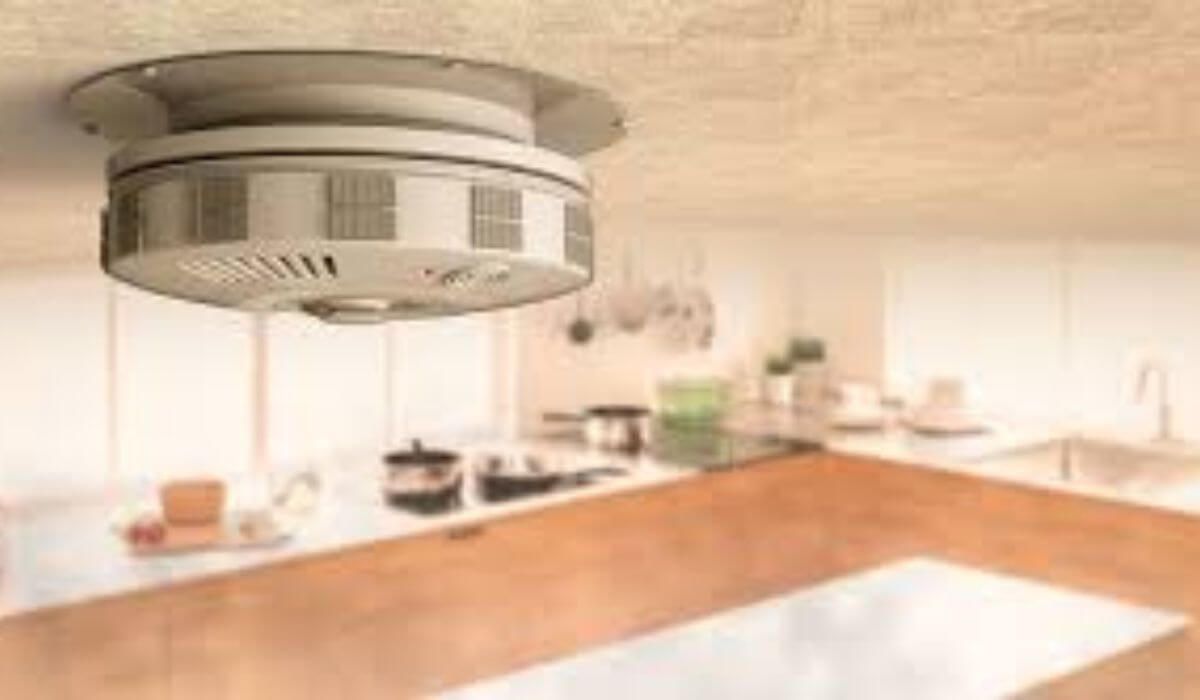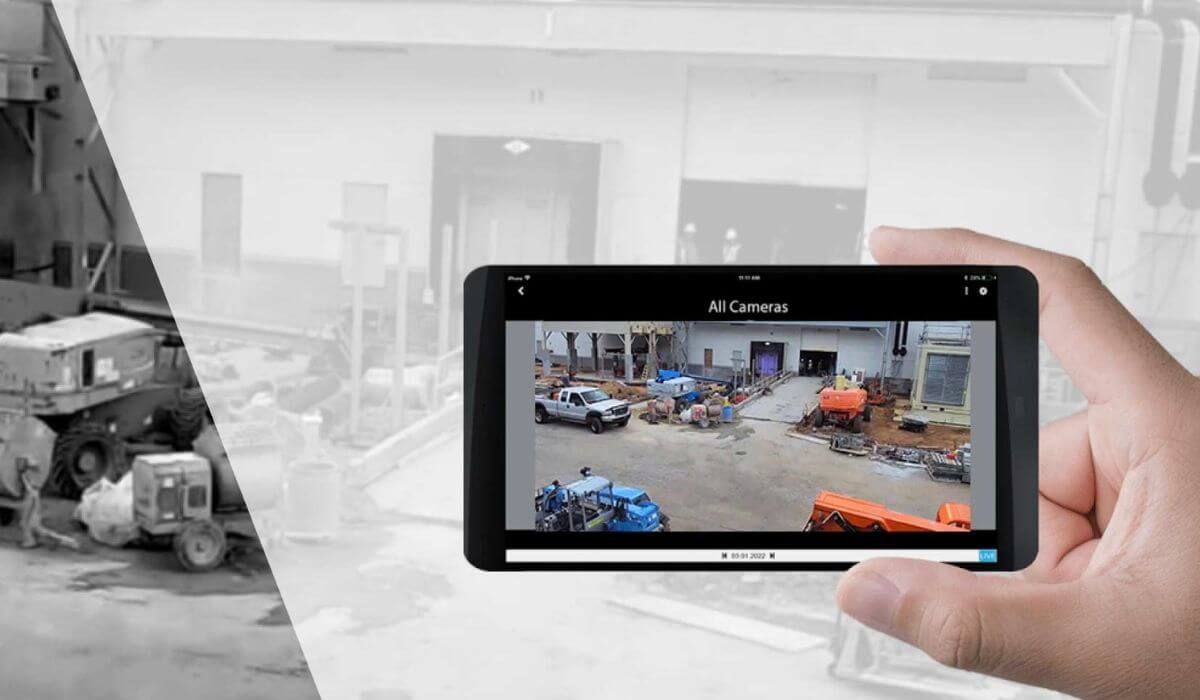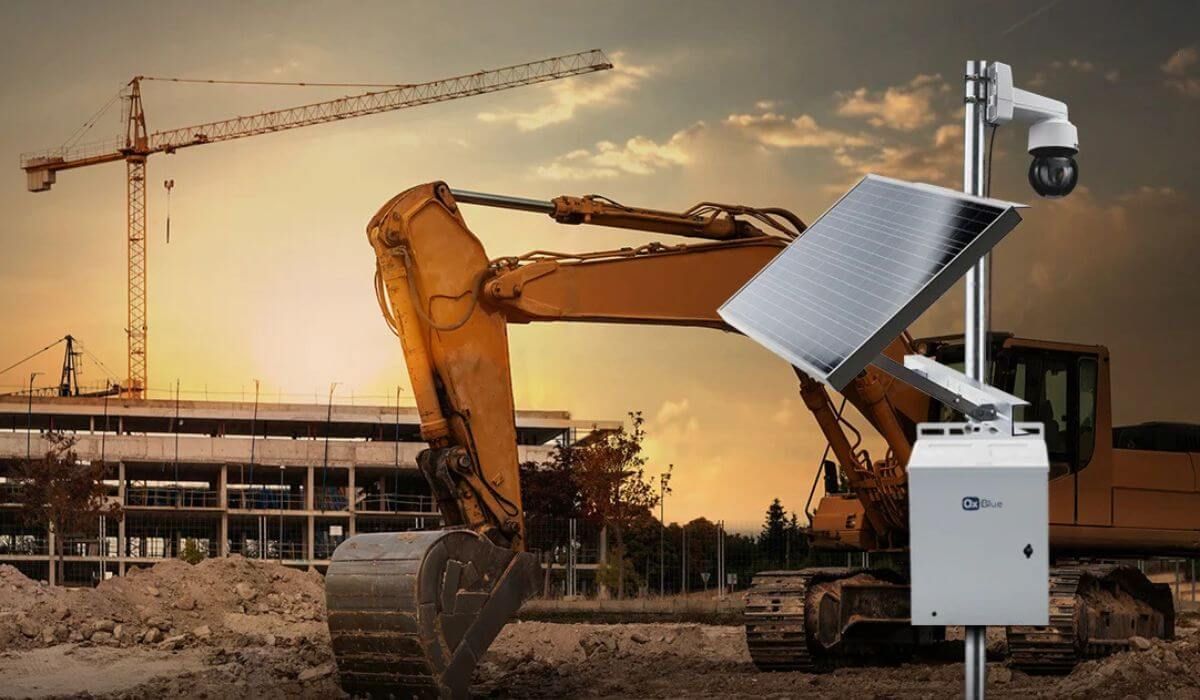Can You Install a Fire Alarm Yourself? | 2025 Safety Guide
Home Fire Alarms: The Right Way to Install Them in 2025
Fire safety remains a priority in Australian homes—and with good reason. In 2025, technology has made alarms smarter, but correct installation still makes the biggest difference. That leads many homeowners to the same question: can you install a fire alarm yourself, or is professional help still necessary?
In this guide, SCAVI brings years of hands-on experience to walk you through the answer—from what’s legal, to what’s risky, to how to get the most reliable results for your home.
Can You Install a Fire Alarm Yourself in Australia?
Yes—under certain conditions. But it’s not always that simple.
Legal Considerations for DIY Fire Alarm Installation
In Australia, you’re allowed to install battery-operated smoke alarms in private dwellings without needing a licence. These alarms must still comply with national standards like AS 3786 (for residential detectors) and AS 1670 (for system-based fire safety).
But the moment you're dealing with hardwired or interconnected units, or working in multi-residential or commercial environments, legal restrictions kick in. A licensed electrician becomes essential—not just for safety, but for compliance and insurance validity too.
Situations Where DIY Installation Is Acceptable
If you're living in a standalone home, replacing an old battery alarm, or setting one up in a rented apartment temporarily, DIY is generally allowed. Many Australians choose this route for convenience, especially when the alarm is standalone and battery-powered.
However, even in these cases, placement and proper testing still determine how effective the alarm will be. So while you might be able to install it yourself, the bigger question is: will it work when it matters?
Risks and Limitations of DIY Fire Alarm Setup
DIY isn’t without consequences. Alarms placed too close to vents or kitchens may constantly trigger false alarms. Worse, poor positioning can delay detection in a real fire. With hardwired setups, mistakes in wiring can be dangerous or fail to meet inspection requirements.
For rental properties or strata complexes, non-compliant DIY installations can lead to insurance disputes or legal issues. Even if the alarm “looks” like it’s working—it might not protect you when needed most.

Step-by-Step Guide: How to Install a Fire Alarm at Home
Step 1 – Choose the Right Type of Fire Alarm
There’s no one-size-fits-all fire alarm. Photoelectric alarms, for example, are more effective for slow-burning fires and are recommended for most residential rooms. Ionisation alarms detect flames faster but can be sensitive to steam or dust. Many homes now opt for dual-sensor models for broader coverage.
Battery-operated units offer convenience, while hardwired systems are ideal for new builds or long-term setups. If you're tech-savvy, smart alarms offer remote control, voice alerts, and syncing with your phone—great for added peace of mind.
Step 2 – Tools and Safety Gear You’ll Need
Installing a basic alarm doesn’t require an electrician, but you should still prepare. A stable ladder, drill, screwdriver, and some masking tape help you position and mount the device properly. If you're dealing with a hardwired unit (which again, requires a professional), a voltage tester and gloves are essential for safety.
Step 3 – Find the Right Spot: Where to Install Your Fire Alarm
An alarm is only as good as its location. Mounting it to the ceiling, at least 30 to 50 centimetres away from walls, improves smoke detection. Avoid placing it near air vents, bathrooms, or directly above cooking appliances—these areas either interrupt smoke flow or trigger false alarms.
For multi-storey homes, alarms should be placed on every level, including near sleeping areas and staircases. For the best coverage, every bedroom should have its own detector.
Step 4 – Install and Test Your Fire Alarm
Once you’ve marked the location, attach the mounting bracket securely. Then, connect the battery or secure the wires (if you're qualified to do so), and click the alarm into place. Don't forget the most important step: test it. A single press of the test button should trigger a loud, continuous sound. For smart alarms, sync the unit with your mobile app and check for alerts.
Common Mistakes to Avoid in DIY Fire Alarm Installation
Placing Alarms Too Close to Appliances or Bathrooms
It’s tempting to stick an alarm wherever there’s space—but that approach can backfire. Placing alarms near cooking appliances or steamy bathrooms leads to frequent false alarms. Eventually, you might disable the alarm out of frustration, which defeats its purpose.
Not Testing the Alarm Regularly
Many people install alarms and assume they’ll “just work.” But without regular testing, you might never know the battery’s dead or the sensor’s faulty. Monthly tests and yearly battery changes (or checking lithium status) are vital.
Using the Wrong Alarm Type for Room Conditions
Kitchen areas benefit from heat alarms rather than traditional smoke detectors. The same goes for garages, where fumes or temperature changes can cause issues. Tailoring the alarm type to each space reduces the risk of failure.

When You Should Call a Professional Fire Alarm Installer
Installing Hardwired or Interconnected Systems
This is where DIY stops. In Australia, only licensed electricians are permitted to install hardwired or interconnected fire alarms. These systems offer superior protection and are standard in new builds, renovations, and multi-storey homes—but they require expertise.
Commercial and Strata Installations – No Room for Error
In rental properties, commercial premises, or shared residential buildings, there's more at stake. Tenants, insurance providers, and compliance auditors all expect systems that are certified and documented. Cutting corners here can put people—and your legal liability—at risk.
Why Scavi Is Sydney’s Trusted Partner for Fire Alarm System Installation
At SCAVI, we've helped thousands of Sydney homes and businesses install fire alarms correctly. Our team is fully licensed, insured, and trained in AS 3786-compliant setup. From choosing the right model to testing, documentation, and certification, we handle it all. Whether it’s a single-family home or a commercial site, we tailor the system to your space, your needs, and your local regulations.
Benefits of DIY vs. Professional Fire Alarm Installation
Cost Comparison: What You Save and What You Risk
DIY can seem cheaper—no labour costs, no appointments—but it may cost more if installation leads to errors, damage, or insurance rejection. Professional services, while more expensive upfront, deliver certified setups that protect you legally and physically.
Convenience and Confidence
Professionals save you time and hassle. No guesswork about placement, wiring, or compatibility. They also provide support after installation—something you won’t get from a DIY YouTube tutorial.
Peace of Mind and Insurance Validity
Insurance policies increasingly require documentation of safety measures. Professionally installed alarms ensure that your policy won’t be voided by incorrect or missing devices. In rental or shared living, this is more than convenience—it’s compliance.

FAQs About Installing a Fire Alarm Yourself
Is it legal to install my own fire alarm in NSW or VIC?
Yes—if it's a battery-powered unit and you're installing it in a private, single-occupancy home.
Can I install a hardwired smoke alarm without an electrician?
No. Australian law requires a licensed electrician to handle any 240V connections or integrated alarm systems.
How often should I test a DIY-installed fire alarm?
At least once a month. Also, replace batteries yearly, and replace the entire unit every 10 years.
What type of alarm is best for apartments?
Photoelectric models with lithium batteries or smart features are ideal—they're low-maintenance and easy to install.
What are the signs that my alarm system isn’t working properly?
Frequent beeping, no response during test mode, physical damage, or a faded/dusty appearance are all signs it’s time for servicing or replacement.
Can You Install a Fire Alarm Yourself?
So—can you install a fire alarm yourself?
Yes, but only if it’s battery-powered and the setup is straightforward. If your home or situation requires anything beyond that, calling a professional is not just smart—it’s the safest and most compliant option.
At SCAVI, we’re proud to support Sydney residents with expert fire alarm installation and maintenance. Whether you’re unsure where to begin or need certified help today, we’re here to protect your space with precision, care, and local expertise.
Contact SCAVI today to book your fire alarm system installation in Sydney—and get peace of mind that lasts.



